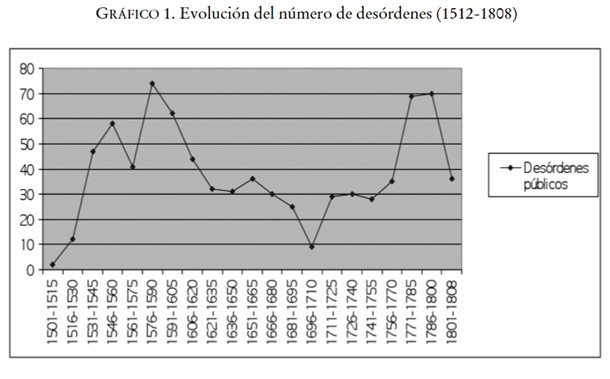When the allied army took control of Alicante in the midst of the War of the Spanish Succession, they found weak and poorly planned fortifications that they had to carry out major works to improve. The priority was to repair the breaches that the British fleet had caused in its previous attack, and so it was.
A year later, when the French recaptured the town in 1708, they returned to work on the city’s defences, while devising a novel tactic to take control of the castle. The strategy was to build a mine to gain access from the base of the hillside to the castle at the top of the rocky mountain.
March 3, 1709 was the day chosen to detonate the mine, causing a huge explosion and killing 54 English soldiers stationed at the castle. Contrary to what the French commanders thought, the explosion made access to the castle even more difficult, as the extensive damage to the hillside continued to prevent upward entry.
It was not until 18 April that the capitulations were signed, with the English garrison leaving the castle with great military honours, which they would receive two days later, after more than a month under siege and managing the little water they had.
Collection: Images
Project: 3. Rural world and urban world in the formation of the European identity., 6. Under a cloak of terror: violence and armed conflict in Europe.
Chronology: XVIII
Scope: Secondary Education, Baccalaureate, University, Postgraduate
Link: http://www.tiemposmodernos.org/tm3/index.php/tm/article/view/368
Resource type: Image
Format: Map
Source: Echarri, V. (2014). "El sitio de Alicante y la mina que hicieron las tropas hispano-francesas bajo el castillo en 1708-1709: ¨une des plus fortes que jamais ait été faitte¨", en Tiempos modernos, nº 28, p. 13.
Language: Spanish
Date: 1709
Owner: Roberto José Alcalde López (Modernalia)
Copyright: ©Tiempos Modernos ©Víctor Echarri Iribarren
Abstract: Plan showing the differentiated areas of Alicante Castle and its fortifications in 1709
Tags






